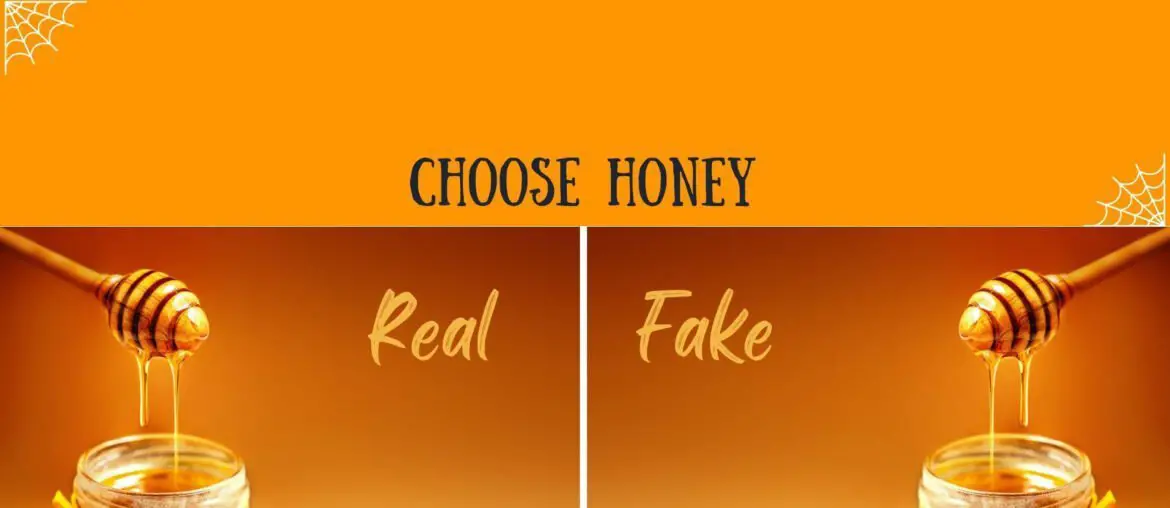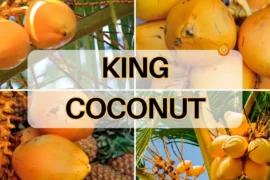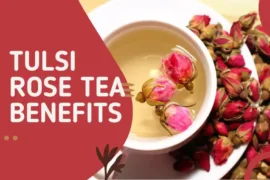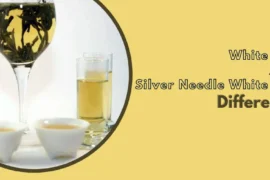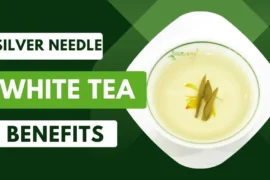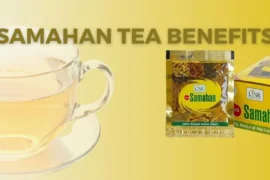Honey is made by bees that collect nectar from flowers. However, fake honey and low-quality honey are usually found in the market due to low cost and high profit. As a result, you have to be very careful when buying honey, and you often have to buy fake honey. Let’s see how to identify the best real honey in the market.
There is no significant relationship between the quality and brand of honey. Big brands cannot guarantee that they will always sell real honey. And unknown brands are not always counterfeit honey. Many honey brands are made by purchasing honey from beekeepers for processing and packaging.
Some manufacturers mix inferior or low-quality honey with high-quality or high-priced honey. Also, some manufacturers even invent honey that even non-existent for the sake of gimmicks. So in the purchase of honey is not necessary to see the brand. But it is more important to increase knowledge about honey.
06 Characteristics to identify the true and false honey
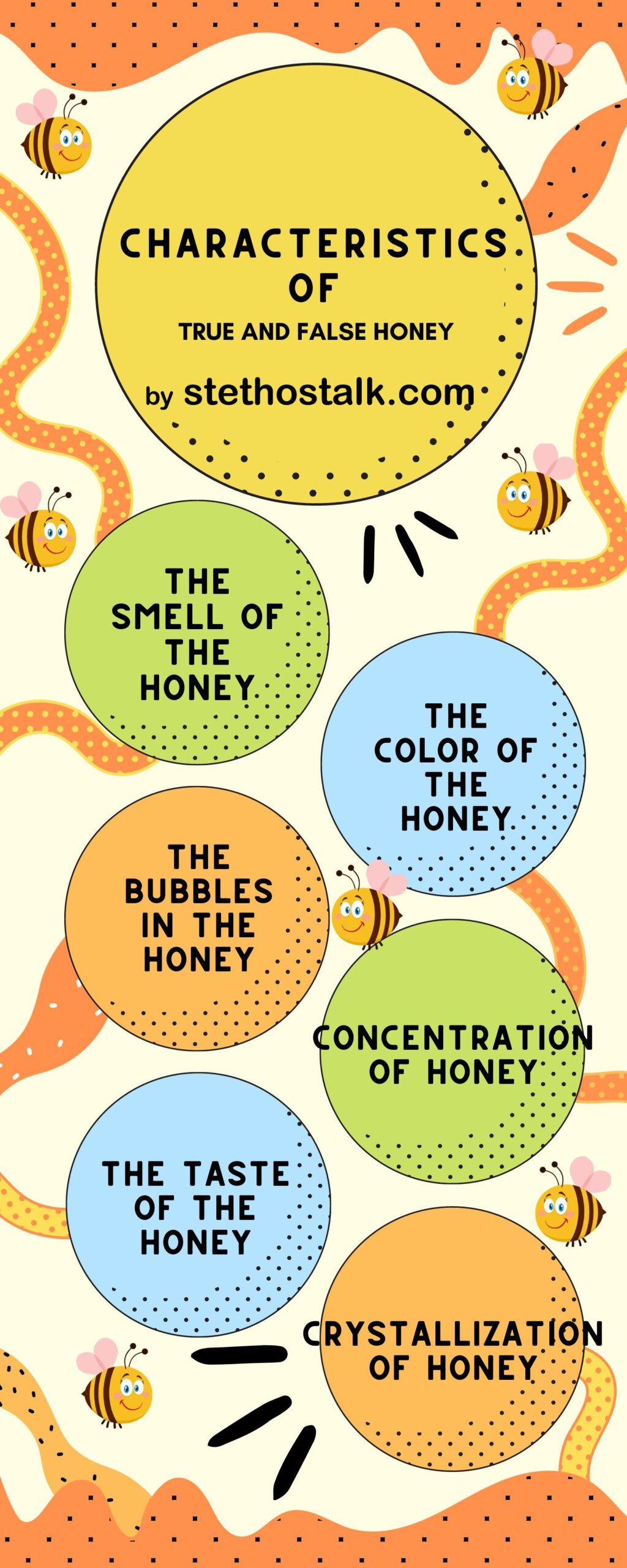
The true and false identification of honey is not a simple thing. Because of that, it has become a haven for fraudsters. So there is no way to identify the true or false? Of course not. However, the identification of honey needs to consider several aspects, such as color, taste, concentration, and crystallization.
With the current means of counterfeiting, it can’t be identified by one aspect. In fact, not everyone can do it. Many consumers don’t know honey at all. You can keep learning how to identify honey. Afterward, you are ready to find those fake bad businesses in the market.
01. The smell of the honey
True honey must-have floral fragrance. However, different kinds of honey have different odors. Even if they are very light, these fragrances mainly come from the volatile oil in the nectar.
However, fake honey either has no floral flavor at all or has a particularly pungent smell. When smelling, fake honey has an unnatural feeling. The fake honey smell comes from the essence used for it. As a result, it can have an industrial flavor and even a fishy smell. But, no matter how fake it is, real honey’s fragrance is different.
02. The color of the honey
There are many colors of real honey. Different kinds of honey have different colors. As basswood honey is light amber, clear and translucent, sunflower honey is amber, and the color of mixed flower honey is not fixed, which is generally yellow-red. Even the same kind of honey is different from different bee colonies.
However, no matter what kind of honey it is, the color will not be too pure and shiny. The main reason is that honey’s composition is very complex, and fake honey is mainly made from white sugar. It is very crystal clear.
However, as counterfeiting technology becomes more mature, accurately distinguishing true or false by color is impossible. Some false honey is even more true in color than real honey. Some people who don’t know about real honey feel that this is real honey.
03. The bubbles in the honey
There are a lot of enzymes in real honey. These enzymes will always work if it is not heated at high temperatures. Therefore, you can see a few small bubbles when the real honey is shaken vigorously. These bubbles are generally evenly distributed in the honey and will not dissipate.
However, there is no active enzyme in the fake bee honey boiled with syrup. Therefore, when shaking vigorously, it can see only on the upper layer. There are some bubbles, but they dissipate quickly. Or there are no bubbles at all.
04. Concentration of honey
True honey is a supersaturated sugar solution, and its concentration is very high. Therefore, if you put it on a paper towel, it will not scatter and penetrate.
When it is picked up with chopsticks, it can pull out a long thin line. It will quickly return to its source if it is accidentally pulled off.
Fake honey is generally difficult to pull out the filament. Even if you can pull it out, it will not return to its original position when it breaks.
If it is dropped on the paper towel, it will become quickly diffuse and penetrate. The reason is there is more moisture in the fake honey.
05. The taste of the honey
The taste of real honey varies with different kinds of honey. Even if it is the same kind of honey, the flavor of different bee colonies is also different.
However, no matter what kind of honey it is, it will have a strong honey flavor as long as it is true honey. The taste of honey can be summarized by the word sweet, and the sweetness also contains natural nectar plant aroma. Therefore, its taste is not too sweet. The aftertaste has a light sour taste and a slight spicy throat feeling.
However, the fake honey is processed in batches with one formula and mainly blended with various syrups. So the taste is basically the same. The honey tastes light and sweet. Some even like eating white sugar.
06. Crystallization of honey
Crystallization is a characteristic of honey. In fact, all honey will crystallize under certain conditions. The difficulty of crystallization is related to the proportion of glucose and fructose in honey. In short, the higher the glucose content is, the easier it is to crystallize.
What’s more, the crystallization of real honey is very delicate and looks like lard. If you rub it lightly with your hand, you will feel the crystals gradually disappear from small particles.
08 Tips for identifying real honey
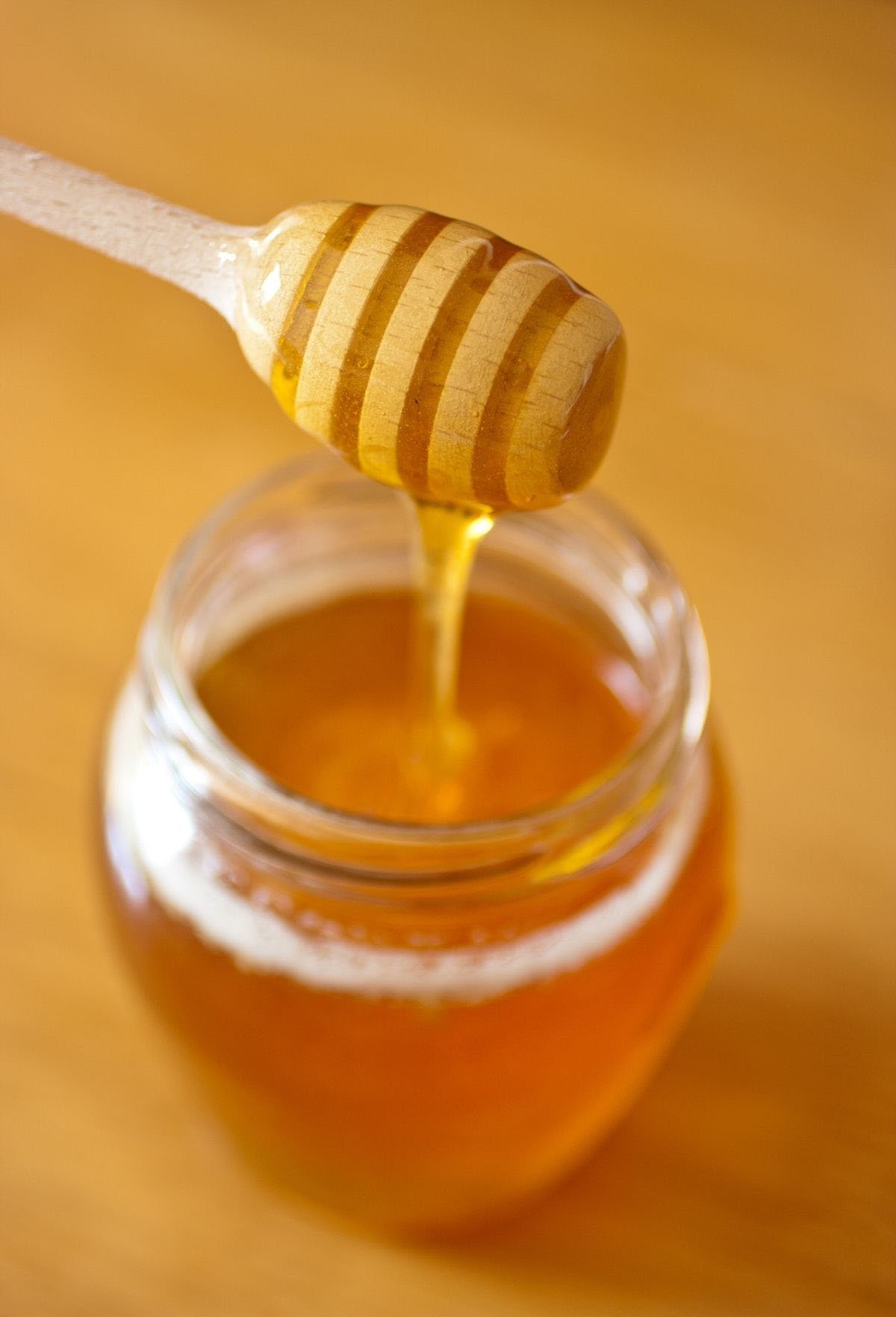
01. See viscosity
Good honey has a clear color and is as bright as oil. When shaking the honey bottle, it vibrates very little. After stopping shaking, the honey hanging on the wall of the bottle will flow down slowly.
02. Check with some warm water
Honey contains minerals such as protein, enzymes, and pollen. Put some honey in warm water at about 40 degrees. If they are real honey, then the water is turbulent. If they are fake honey, the water is not turbulent. So you can distinguish according to whether the water is turbid or not.
03. Inverted honey bottle
Turn the sealed honey bottle upside down. You will be found that the air sealed at the honey bottle’s mouth is difficult to float. That’s because of the honey’s low water content and sticky texture. You can conclude that this type of honey is real honey.
04. Grinding granules with fingertips
As I mentioned above, the crystal particles of true honey are fine and will melt completely. Take a piece of crystal honey and rub it with your fingertips. False honey particles are large and not easy to melt. If you can’t rub it with your hands, your hands will tingle.
05. Stretching out honey
Take a chopstick or toothpick, then stretch out some honey. The thin and translucent “honey silk” can be pulled out if they are real honey. When that line is broken, it will automatically recede and become spherical.
06. Check honey with white paper
Drop honey into a white paper. See if the honey drops are scattered and penetrate the back of the paper. If you put fake honey on paper, it will seep. If there is real honey, the paper will not penetrate.
07. Taste a little
Honey is the taste of honey. Honey with sugar water has a strong taste of sugar. Pure honey is sweet, slightly sour, soft, and delicate.
08. Look at the luster
Stir the honey in a few rounds with a stick. When the stick is lifted into the light, you can see that the pure honey is bright and transparent. If there is fake honey, it has a contaminated honey texture. True honey has a strong transmission and uniform color. The inferior honey is turbid and has impurities. Also, the new honey is light amber and transparent.
Finally, keep this in mind.
- The appearance of honey is not the primary basis for distinguishing between true and false honey. The reason is that the technology of honey counterfeiting has reached a perfect level. From the appearance alone, some fake honey is even more accurate than natural honey.
- Honey crystallization does not mean that honey is mixed with white sugar. All real honey will naturally crystallize under certain conditions. But those completely noncrystalline honey may be false honey.
- The price of honey is the most important factor in judging whether it is true. The reason is that real honey prices are generally not too low. And the price of those cheap honey must be meager.

